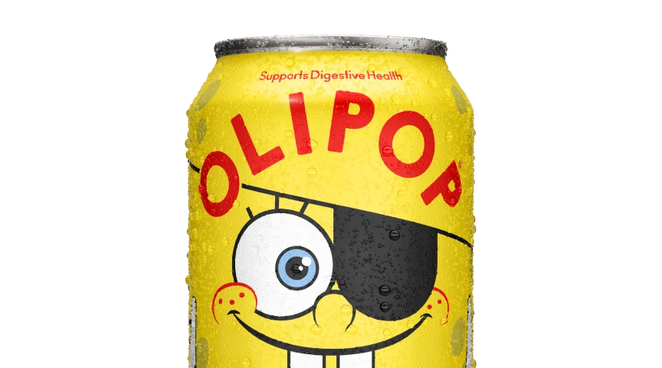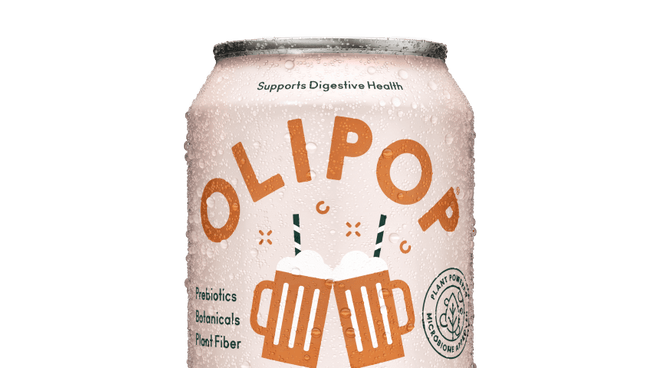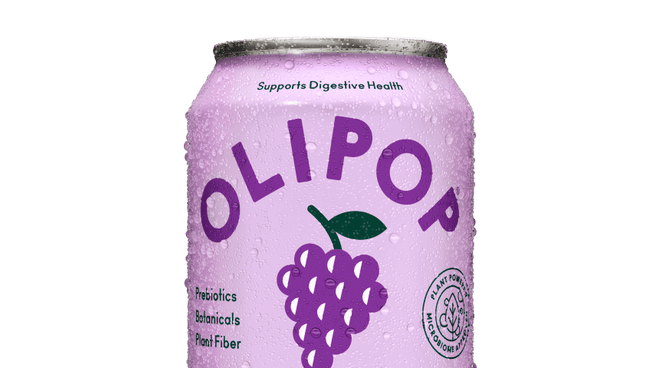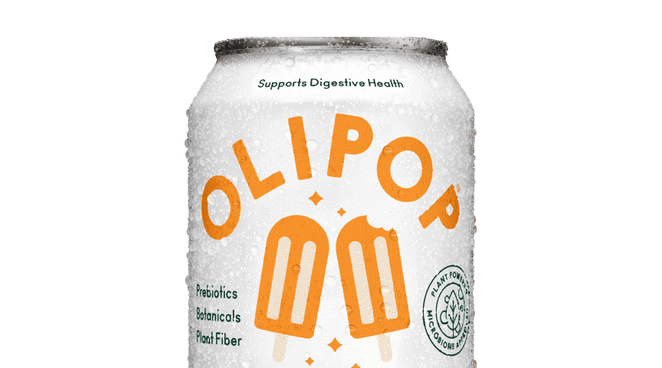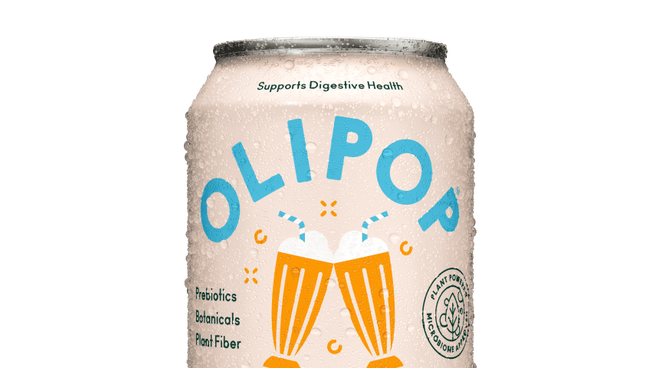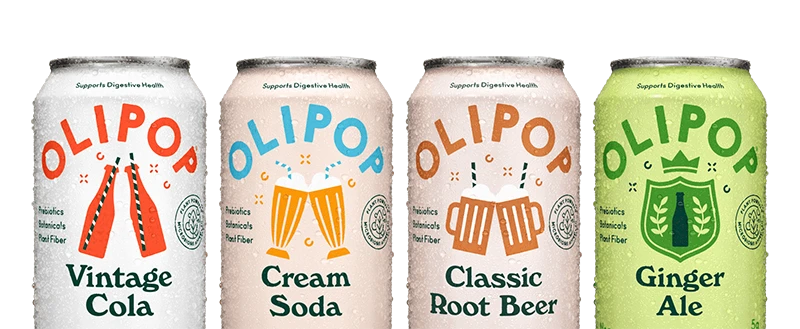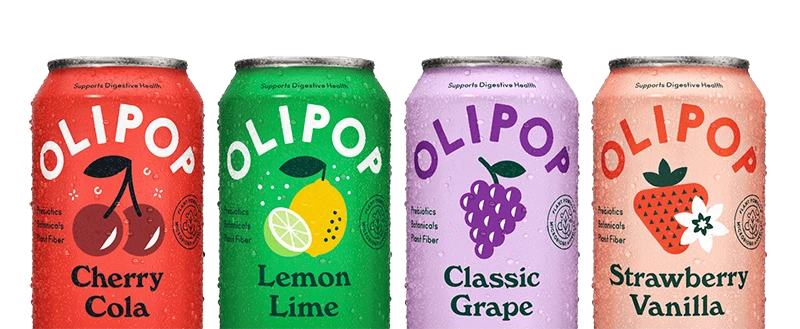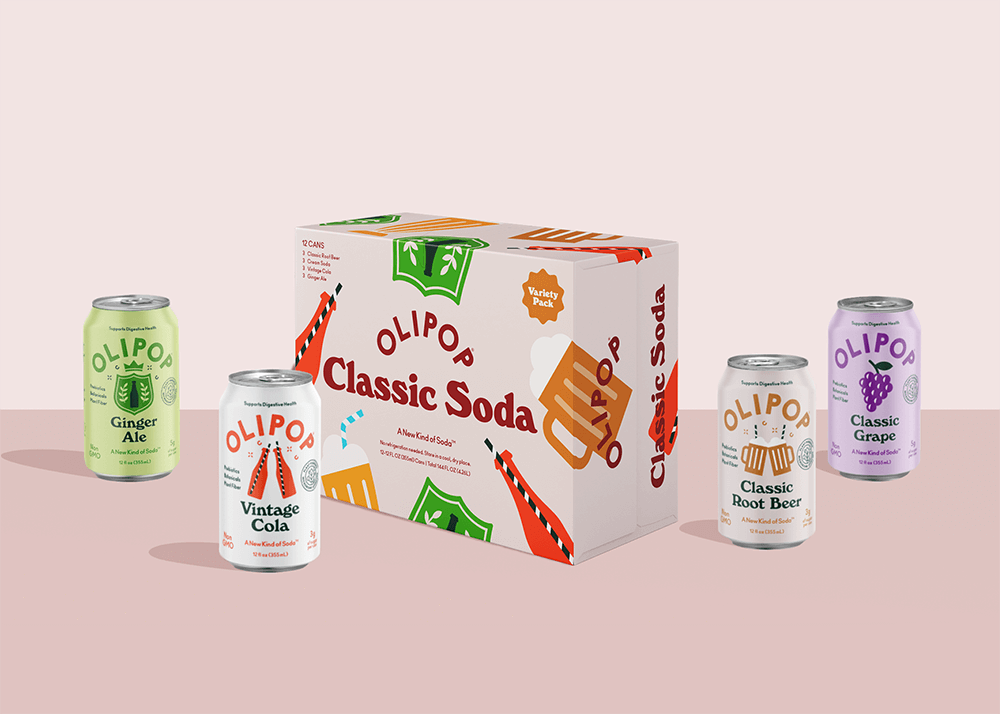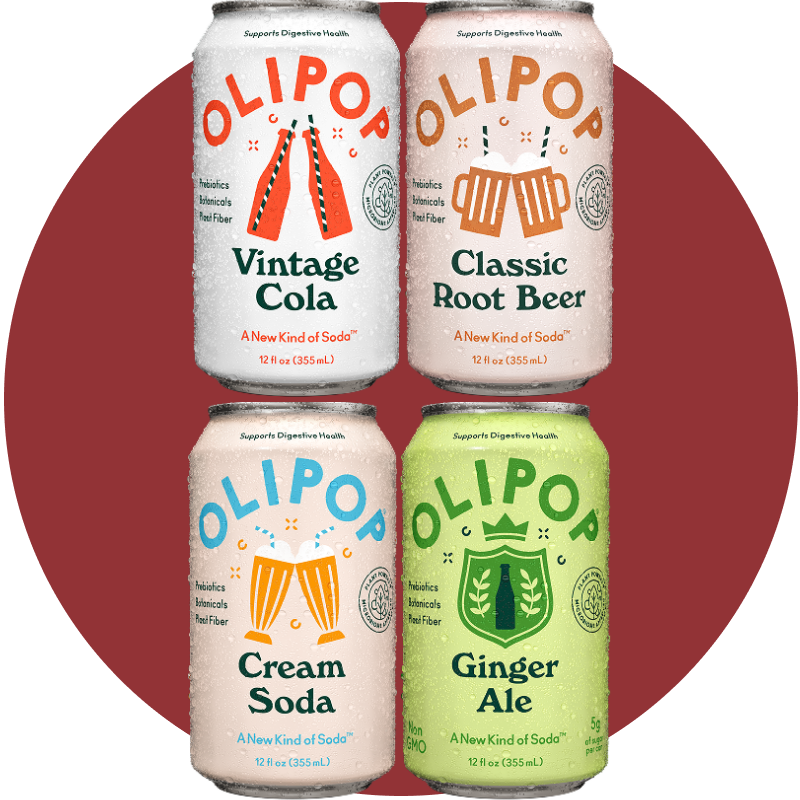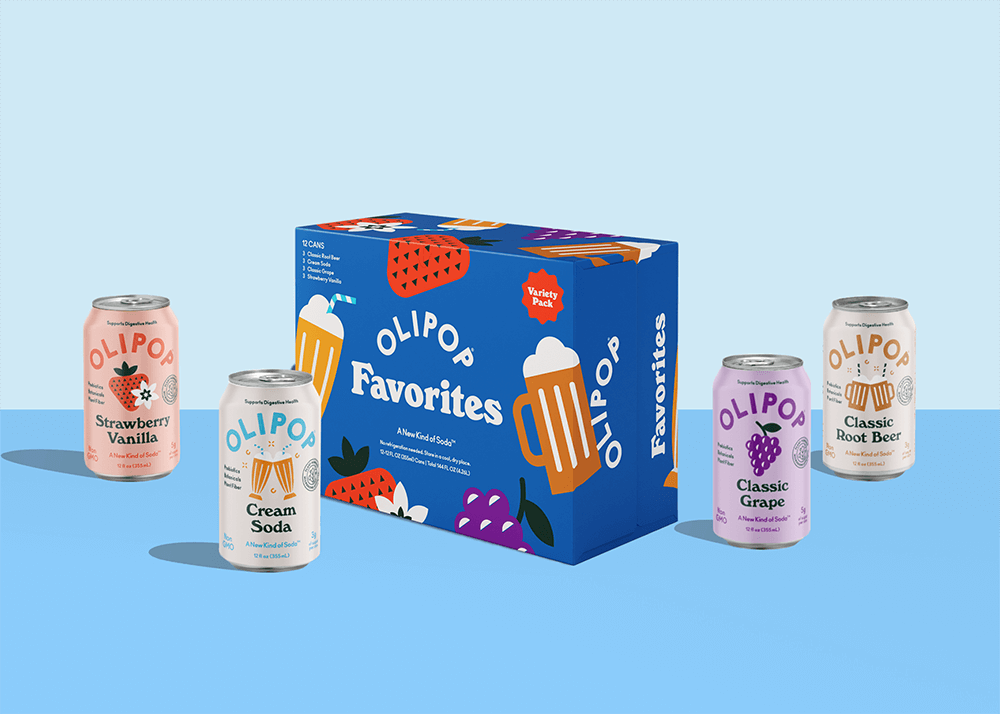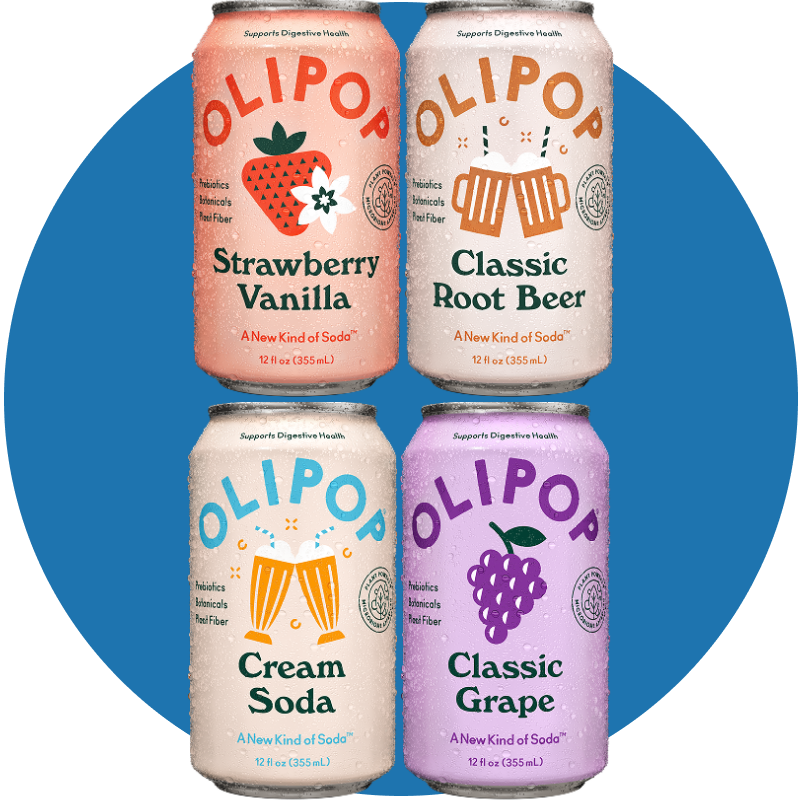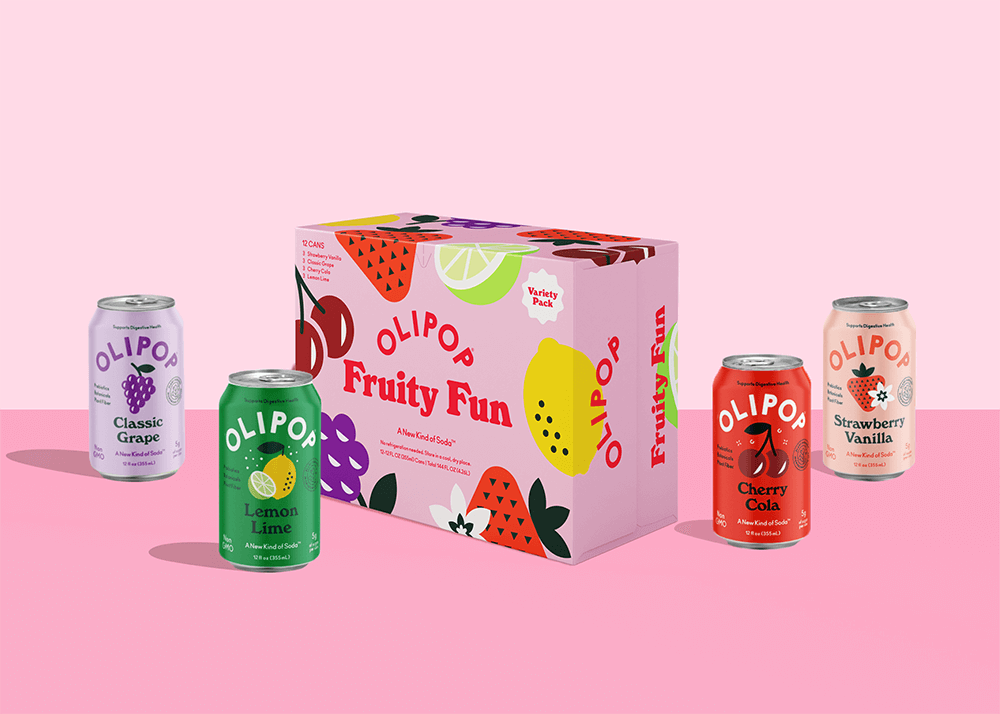For years, foods high in fat were the ones we were all supposed to avoid. And even though your low-fat cookies were loaded with sugar, you could eat as many as you wanted because they were low in fat, right? Yikes, those were scary times, friends, those were scary times!
Today, we're past that. Now, everyone knows that processed sugar is not exactly a stellar ingredient and that fat, when consumed in moderation and from the right foods, can actually be healthy. But things do become a little fuzzy when you start thinking about naturally occurring sugar.
We know processed sugar is bad, but does that make naturally occurring sugar bad? Can you overeat naturally occurring sugar? How many grams of naturally occurring sugar is the right amount to eat per day? What qualifies as added sugar, and what's considered naturally occurring?
If you've thought or asked about these questions before, you're not alone. That's why we decided it's time to set the record straight so we can jump past the step where we mistakenly eat low-fat cookies because they're "healthy."
Naturally Occurring Sugar vs Added Sugar
Added sugar is exactly what it sounds like. It’s sugar that’s been intentionally added to food. This type of sugar can come in different forms such as table sugar (sucrose) or syrup, like high fructose corn syrup. The trick is: if the sugar doesn’t occur naturally in a food item and is instead added in, then it’s added sugar.1
Naturally occurring sugars, on the other hand, occur naturally in foods. Examples include the obvious items such as fruit, which contains fructose and glucose (among others), and milk, which contains lactose. These foods often contain other beneficial compounds like antioxidants, minerals, vitamins, and macronutrients like fats and fiber (more on why this is important later!).
Other naturally occurring sugars include honey, maple syrup, and coconut sugar. Although they are naturally occurring, they become added sugars when you add them to foods like coffee, tea, or oatmeal.
How Much Sugar Are Americans Consuming?
At this point, it’s no secret that, on average, Americans consume a lot of sugar. Scan any news source and you may find an article somewhere denouncing the overconsumption of sugar and suggesting ways to curb what some call our “sugar addiction.”
So exactly how much sugar are we consuming?
According to an analysis of nutrient intake data collected by the U.S. Department of Agriculture (USDA), American adults over 20 years old consumed an average of 17 teaspoons, or 72.3 grams, of added sugar per day in 2017-2018.4
Sweetened beverages contribute the most added sugars to the American diet, accounting for over 37 percent of total added sugars. That’s three times more sugar than the second and third-highest added sugar food groups—coffee and tea and sweet bakery products. Each of which accounts for just 10% of total added sugar.
Consuming too much sugar can lead to health problems such as obesity, type 2 diabetes, and heart disease.5
Recommended Sugar Intake: What Is a Safe Amount of Sugar to Eat Per Day?
So, how much sugar is safe to eat per day? Let's start first with naturally occurring sugars.
How much naturally occurring sugar per day?
Let’s get this out of the way first: public health officials have only made recommendations for limits on added sugar and not naturally occurring sugar. Thus, there is no established limit of naturally occurring sugar per day. That’s because, according to The World Health Organization (WHO), there is no reported evidence of adverse effects of consuming naturally occurring sugars.8
How much added sugar per day?
On the other hand, there are countless different recommendations from different expert groups on how many grams of added sugars to eat per day, but they all hover around the same numbers:
- The Dietary Guidelines for Americans: The percent daily value you see on the nutrition facts panel of your favorite foods is based on the standards set in The Dietary Guidelines for Americans that's published every 5 years by the U.S. Department of Health and Human Services (HHS). The 2020–2025 Dietary Guidelines for Americans recommend limiting added sugars to less than 10 percent of calories. Using a 2,000-calorie diet as an example, that 10 percent limit is the equivalent of 12 teaspoons or 50 grams of sugar.
- The World Health Organization (WHO): This is a specialized agency of the United Nations responsible for international public health.8 One of its roles is to continually review new research and information from around the world on human nutrient intakes and then establish nutrient requirements for worldwide application.8 The WHO recommends the same 10 percent limit, but it also adds that people should aim to reduce this to less than five percent of calories, which would be six teaspoons or 25 grams of sugar if you consume 2,000 calories per day.
- The American Heart Association: This a nonprofit organization that funds cardiovascular medical research and educates consumers on healthy living. They have even more conservative recommendations, which are different for men and women. They recommend that added sugar should consist of no more than half of your discretionary calories allowance.2 For men, that means eating less than 150 calories of sugar per day, which is the equivalent of about nine teaspoons or 36 grams. For women that's less than 100 calories of sugar per day, which equals six teaspoons or 24 grams.
How Much Sugar Is Too Much?
So to summarize what we learned above, you're getting too much added sugar in your diet if:
- Sugar makes up more than 10% of your total daily calories
- Or you're consuming more than 150 calories per day of sugar for men or 100 calories per day of sugar for women
To put all this in perspective, there can be up to 39 grams of sugar in one 12-ounce can of soda, or around 150 calories.3 This means that all it takes is one can of high-sugar soda to put you above your recommended daily sugar intake.
How to Reduce Your Sugar Intake
If you're looking to limit your sugar intake, your first step should be to identify the sources of added sugar in your diet. The sugars occurring naturally in fruits and vegetables aren't your enemy, especially if you eat the USDA-recommended amount of fruit (two cups of fruit per day). Your second step is to limit those high-sugar culprits from your diet.
High Sugar Foods To Avoid
The following is a list of foods that are typically high in sugars, plus our recommendation for a healthier alternative.
Sodas
The average American adult consumes 13 pounds of sugar just from soda every year! It makes sense: Most sodas contain a ton of sugar. In fact, one can could contain a whole day’s worth! So replacing soda with healthy alternatives or cutting out traditional sodas entirely is one easy way to limit added sugar.4
A better-for-you alternative: OLIPOP
You don’t need to cut out soda altogether if you want to reduce your added sugar intake. Especially not when there are delicious, better-for-you soda alternatives, like OLIPOP, the fizzy soda that’s great for digestive health. Whether it’s Ginger Lemon, Classic Root Beer, Strawberry Vanilla, or the summertime sipper Watermelon Lime, there’s an OLIPOP flavor for everyone.
Processed Foods
Processed foods can be high in added sugars, oftentimes in the form of high fructose corn syrup. Not only do these added sugars contain no essential nutrients, but they also happen to be high in calories. In fact, processed foods and beverages are significant sources of added sugar in our diets. Even if the foods you are consuming do not look like they are high in sugar, there's a good chance they are.
A better-for-you alternative: Make food at home!
Instead of buying those frozen or pre-packaged meals, do your best to cook up a home meal instead. Aim for a healthy mix of protein, complex carbs, and veggies. If you're short on time we recommend meal planning one day of the week to get all your cooking out of the way.
Candies and sweets
It goes without saying that candies and sweets are often loaded with added sugar.
A better-for-you alternative: Whole fruits
Again, reach for that whole fruit. If it doesn’t quite hit the spot, dried fruit is more concentrated, making it taste sweeter. Ever had dates? They taste almost like brown sugar and are great on their own or chopped up as a topping to yogurt. You could also try baking fruit like apples and pears and sprinkling them with cinnamon for a healthy dessert that tastes sweeter than uncooked fruit.
Baked goods
It’s hard to resist baked goods, which are great for special occasions. But try not to make them routine, and especially don’t fall for the muffin trap. That muffin you think is good for you because it contains blueberries or bran? It’s likely a high-calorie baked good packed with added sugar.
A better-for-you alternative: Freshly baked goods from your own oven
If muffins are something you can’t live without, try making them at home using a recipe that calls for less sugar and oil. Or, make homemade zucchini bread or banana bread with whole grain flours and minimal sugar.
Fruits canned in syrup
Canned fruit canned in syrup? Also loaded with sugar and best to avoid. (You’re seeing a trend now: Just because something contains fruit doesn’t mean it’s healthy.) If you lean on canned fruit, pick the varieties canned in their own fruit juice for a no-added-sugar alternative.5
A better-for-you alternative: Whole fruits
Once again, reach for the fresh fruit, and doctor it up with spices if you’re looking for something more exciting. Cinnamon on apples is great, but so too is a little chili pepper and salt on mango. Get creative, whether you’re using a warming spice or a spicy one.
Low-fat or diet foods
And here we return to the low-fat cookie trap. Just because something is labeled “low-fat” or “diet” does not mean it’s good for you. Low-fat foods are notorious for containing a lot of extra sugar. That’s how they make up for the lack of fat! By adding sugar and other additives to make something taste better.
A better-for-you alternative: Read the back label
If you are tempted to down a food labeled “diet”, know that it is not calorie-free and it can contain added sugars to add flavor. Your best bet is to stick with foods that naturally contain a satisfying flavor, like dates stuffed with nut butter.
Fruit juices
If you grew up drinking orange juice at breakfast and bringing a juice box to lunch, you’re not alone. Sadly, however, juice is highly caloric without containing any fiber, which means it won’t fill you up the way a whole piece of fruit would. In fact, study released in 2019 in the Journal of the American Medical Association suggests “higher consumption of sugary beverages, including fruit juice, is associated with increased mortality.”6
However, it is important to note that although fruit juice does contain naturally occuring sugars, it also contains natural vitamins, minerals, and antioxidants. And many experts agree that fruit juice can help fill nutrition gaps — especially since most Americans don’t come close to eating the recommended amount of fruit every day. So if you are a juice drinker, just be mindful of the portion size that you drink. And stick with 100% fruit juice, not fruit “drinks."7
A better-for-you alternative: Whole fruit, water, or OLIPOP
Reach for that whole fruit. If you’re craving orange juice, peeling a whole orange may be a better option. If it’s apple juice you want, go for the apple. You get the idea. Also water. Water is always a great idea (and important if you’re eating as much fiber as you should be eating).
Or…. of course, there’s always OLIPOP, a better-for-you soda that combines fiber and prebiotics into a line of delicious, 2–5g sugar beverages that taste like a treat but also happen to support your digestive health.
Daily Sugar Intake: The Takeaway
Removing sugar from your diet takes work—no doubt. We’re presented with added sugar everywhere we turn, and it’s often easier to reach for packaged food rather than something fresh. However, once you start taking sugar away, you may find that you are starting to feel better—you also may not have as many highs and lows in your blood sugar and fewer sugar cravings, too. You can and should continue to enjoy fruits, vegetables, and dairy products that contain naturally occurring sugar, but just be mindful of portion sizes.8
Sources
- CDC. “Get the Facts: Added Sugars.” Centers for Disease Control and Prevention, May 6, 2021. https://www.cdc.gov/nutrition/data-statistics/added-sugars.html.
- “Added Sugars.” American Heart Association, 2018. https://www.heart.org/en/healthy-living/healthy-eating/eat-smart/sugar/added-sugars.
- “How Much Sugar Is in Coca-Cola? | the Coca-Cola Company.” The Coca-Cola Company, 2019. https://www.coca-colacompany.com/faqs/how-much-sugar-is-in-coca-cola.
- Ricciuto, Laurie, et al. “Sources of Added Sugars Intake Among the U.S. Population: Analysis by Selected Sociodemographic Factors Using the National Health and Nutrition Examination Survey 2011–18.” Frontiers in Nutrition, vol. 0, Jan. 2021, doi:10.3389/fnut.2021.687643.
- “Harvard Health.” Harvard Health, 1 May 2017, https://www.health.harvard.edu/heart-health/the-sweet-danger-of-sugar.
- Collin, Lindsay J., Suzanne Judd, Monika Safford, Viola Vaccarino, and Jean A. Welsh. “Association of Sugary Beverage Consumption with Mortality Risk in US Adults.” JAMA Network Open 2, no. 5 (May 17, 2019): e193121. https://doi.org/10.1001/jamanetworkopen.2019.3121.
- Nutrition, and Food Safety. “Guideline: Sugars Intake for Adults and Children.” World Health Organization, 4 Mar. 2015, https://www.who.int/publications/i/item/9789241549028.
- Who, World Health Organization: “WHO Calls on Countries to Reduce Sugars Intake among Adults and Children.” World Health Organization: WHO, 4 Mar. 2015, https://www.who.int/news/item/04-03-2015-who-calls-on-countries-to-reduce-sugars-intake-among-adults-and-children.
- Added sugar is sugar that’s been intentionally added to food. Naturally-occurring sugar occurs naturally in foods.
- A naturally occurring sugar limit has not been set by public health officials.
- Added sugar intake should be limited to no more than 10 percent of your discretionary calorie allowance.




